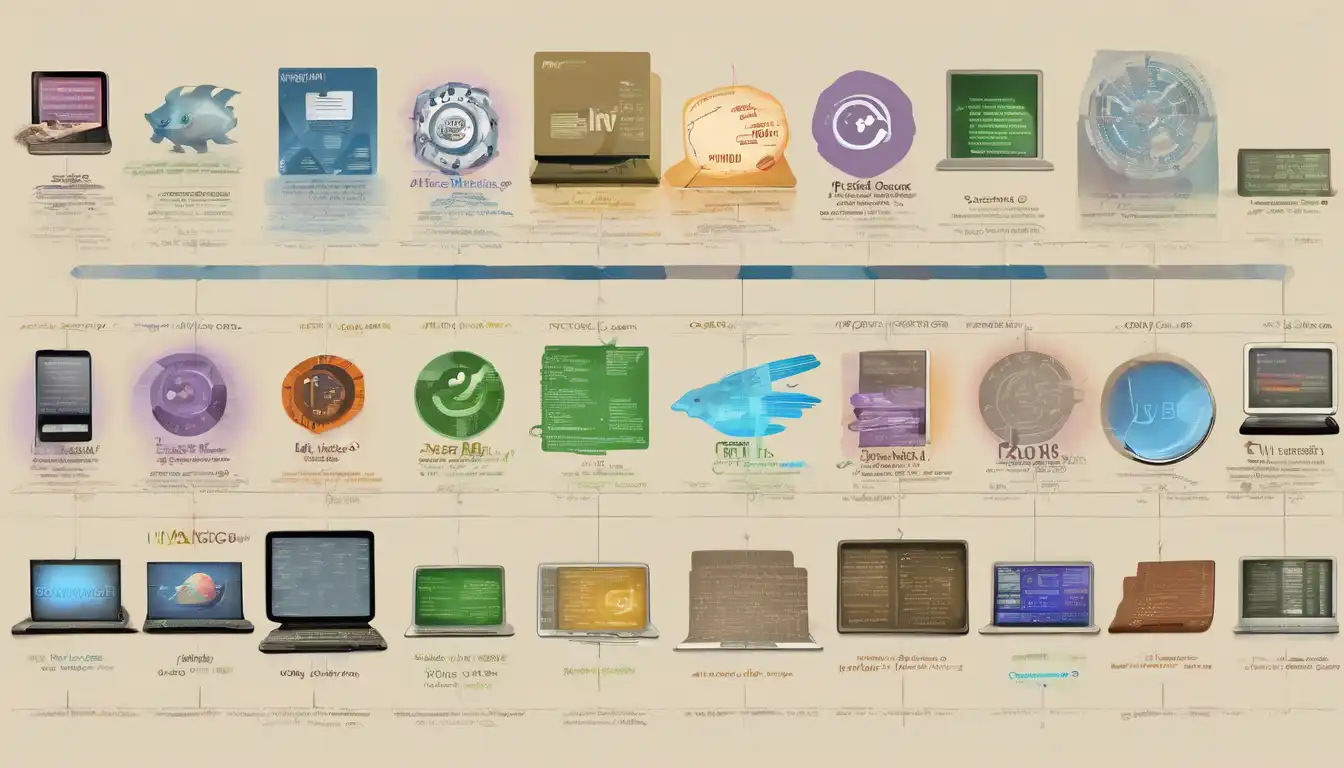The Dawn of Programming Languages
The history of programming languages is a fascinating journey that mirrors the evolution of computing itself. From the early days of machine code to the high-level languages of today, each step forward has been a leap towards making programming more accessible and powerful.
From Machine Code to Assembly
The first programming languages were not languages at all, but rather machine code—raw instructions executed directly by the computer's hardware. Assembly languages introduced a slight abstraction, using mnemonics to represent machine code instructions, making programming slightly more human-friendly.
The Birth of High-Level Languages
The 1950s and 1960s saw the development of the first high-level programming languages, such as FORTRAN and COBOL. These languages allowed programmers to write code that was more abstract and easier to understand, significantly increasing productivity.
The Revolution of Structured Programming
By the 1970s, the limitations of early high-level languages became apparent, leading to the development of structured programming languages like C. These languages introduced control structures such as loops and conditionals, which made programs easier to write and maintain.
The Object-Oriented Paradigm
The 1980s and 1990s were dominated by the rise of object-oriented programming (OOP) languages such as C++ and Java. OOP introduced concepts like classes and objects, enabling programmers to model real-world entities more effectively.
The Modern Era: Scripting and Beyond
Today, the landscape of programming languages is more diverse than ever. Scripting languages like Python and JavaScript have become incredibly popular for web development and automation, thanks to their simplicity and flexibility.
The Future of Programming Languages
As we look to the future, emerging trends such as functional programming and domain-specific languages (DSLs) are shaping the next generation of programming languages. These advancements promise to make programming even more intuitive and tailored to specific tasks.
For those interested in diving deeper into the history of programming languages, exploring the history of computing can provide valuable context.
Conclusion
The evolution of programming languages is a testament to the relentless pursuit of efficiency and expressiveness in software development. From the rudimentary machine code of the past to the sophisticated languages of today, each innovation has opened new possibilities for creators and thinkers alike.
